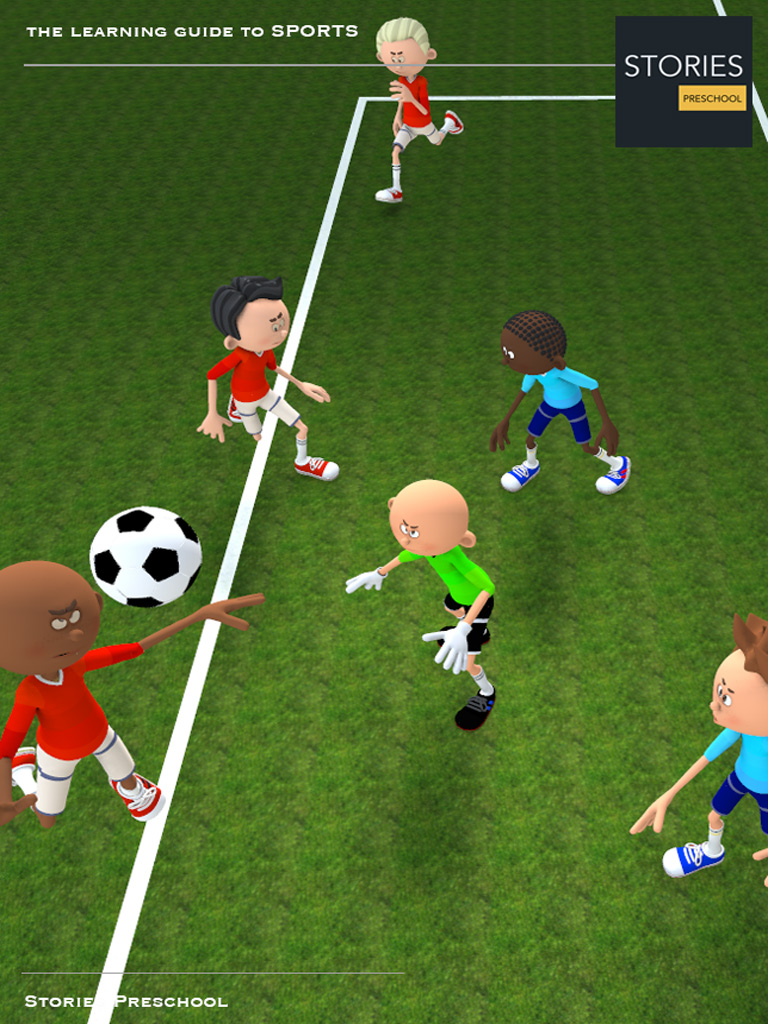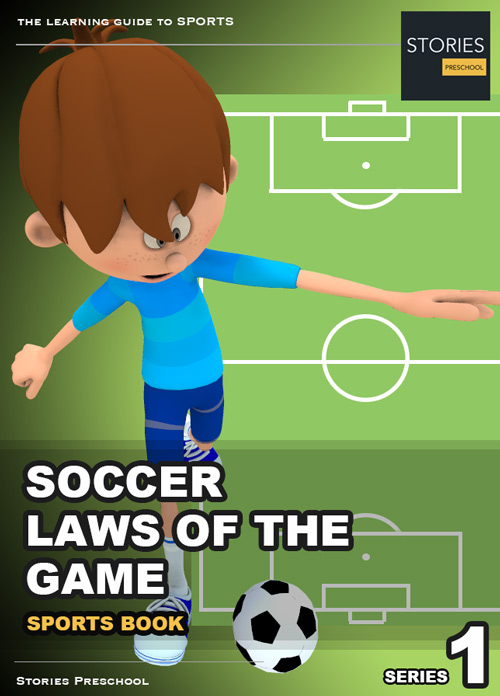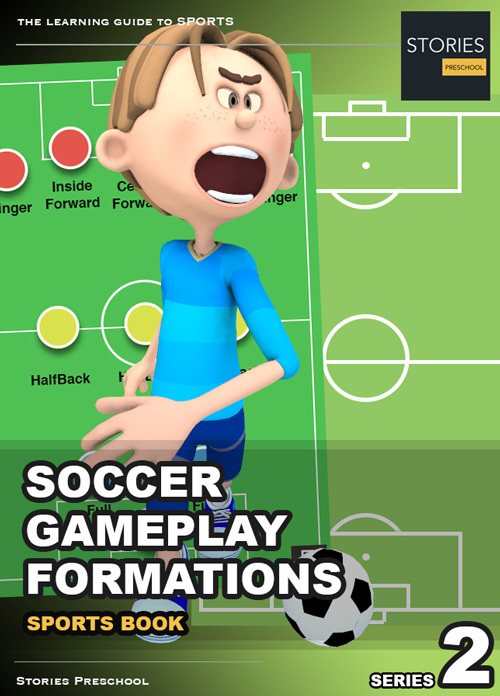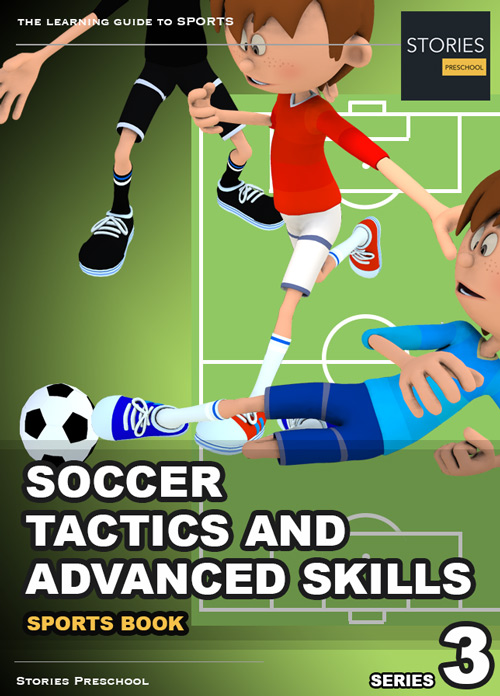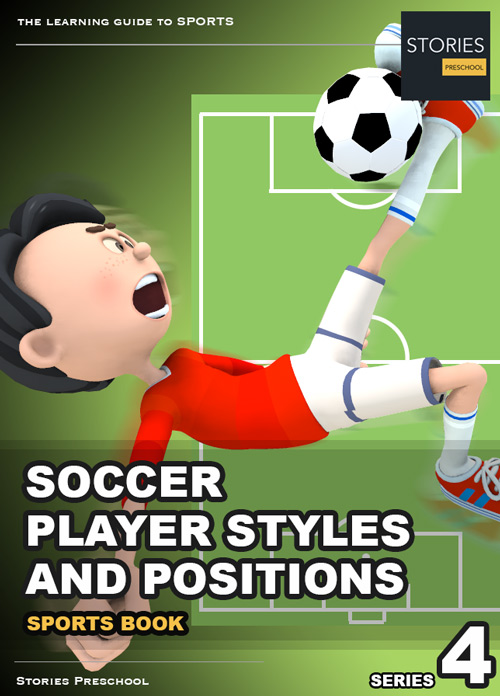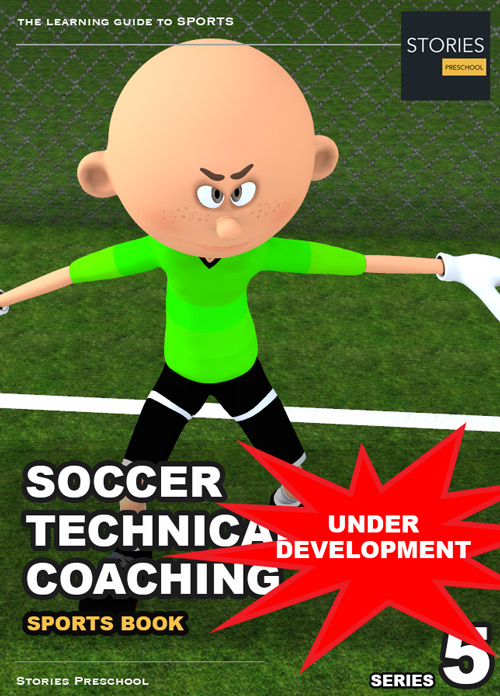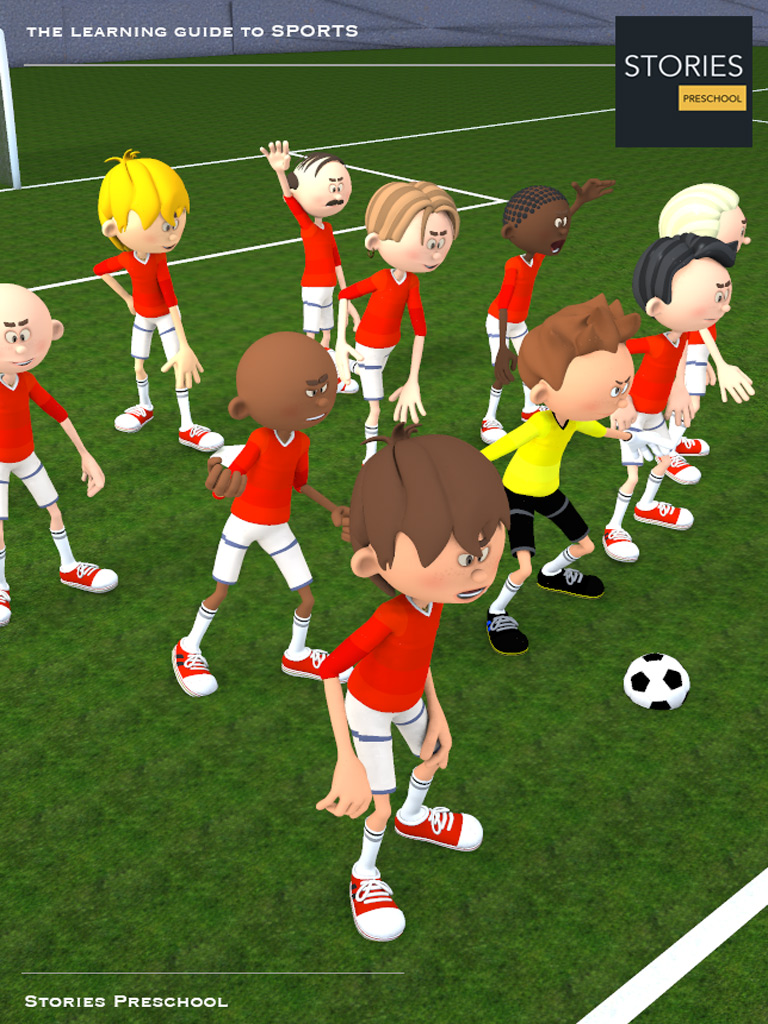Soccer
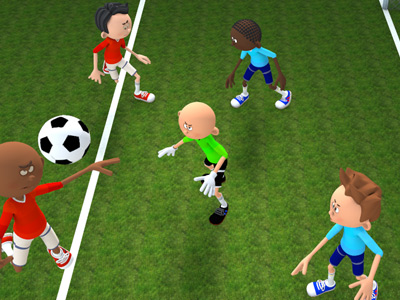
The Start and Restart of Play
The Start and Restart of Play is the 8th of the Laws of the Game of association football. It concerns the methods of starting or restarting play in a game via the kick-off and dropped ball. Other methods of restarting play are addressed in other laws.
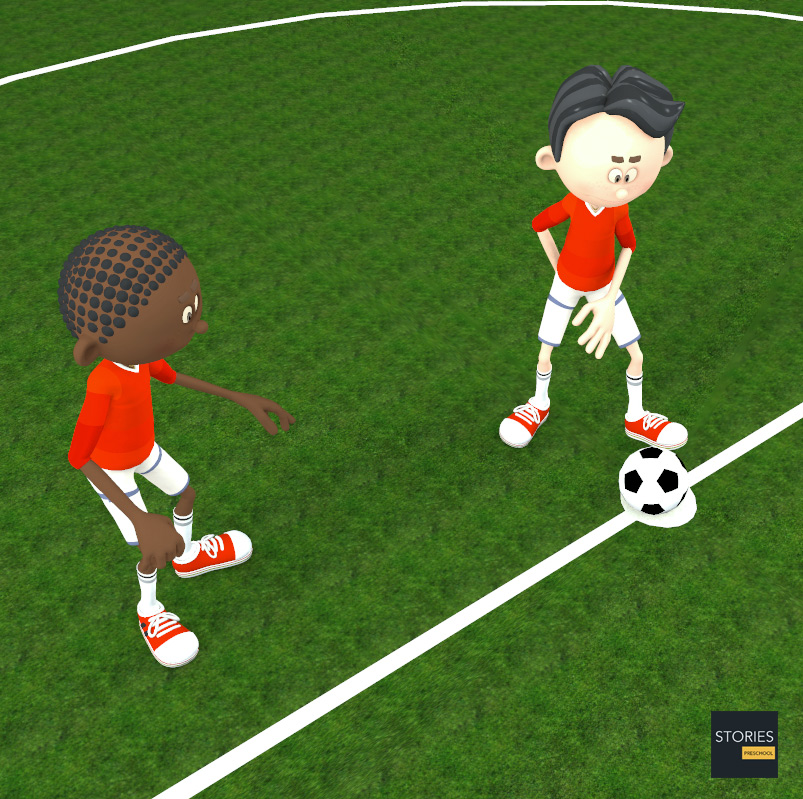
Kick-off
A kick-off is the method of starting and, in some cases, restarting play in a game of association football. The rules concerning the kick-off are part of Law 8 of the Laws of the Game.
Award
A kick-off is used to start each half of play, and each period of extra time where applicable. The kick-off to start a game is awarded to the team that lost the pre-game coin toss (the team that won the coin-toss chooses which direction they wish to play). The kick-off begins when the referee blows the whistle. The kick-off to start the second half is taken by the other team. If extra time is played another coin-toss is used at the beginning of this period.
A kick-off is also used to restart play after a goal is scored, and is taken by the team that conceded the goal.
Procedure
The kick-off is taken from the center spot. All players must be in their own half of the field of play, and all opposing players must remain at least 10 yards (9.16m) from the ball (a distance marked on the pitch by the centre circle), until the ball is in play.
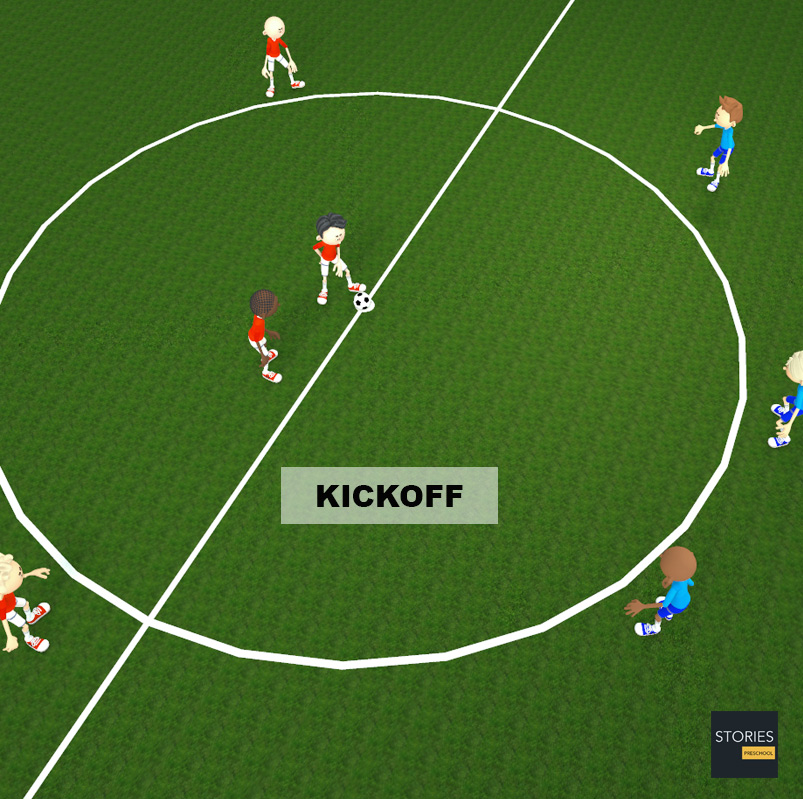
The ball is initially stationary until it is put into play by being kicked. A stipulation that this kick must be forward was eliminated in a 2016 rules change. The player who has first kicked the ball may not touch it again until it has been touched by another player. A goal may be scored directly from a kick-off.
Infringements
If a player moves from their required position as detailed above the kick is retaken. Failure to maintain position may constitute misconduct and be punished by a caution (yellow card).
It is an offense for the kicker to touch the ball a second time until it has been touched by another player; this is punishable by an indirect free kick to the defending team from where the offense occurred, unless the second touch was also a more serious handling offense, in which case it is punishable by a direct free kick.
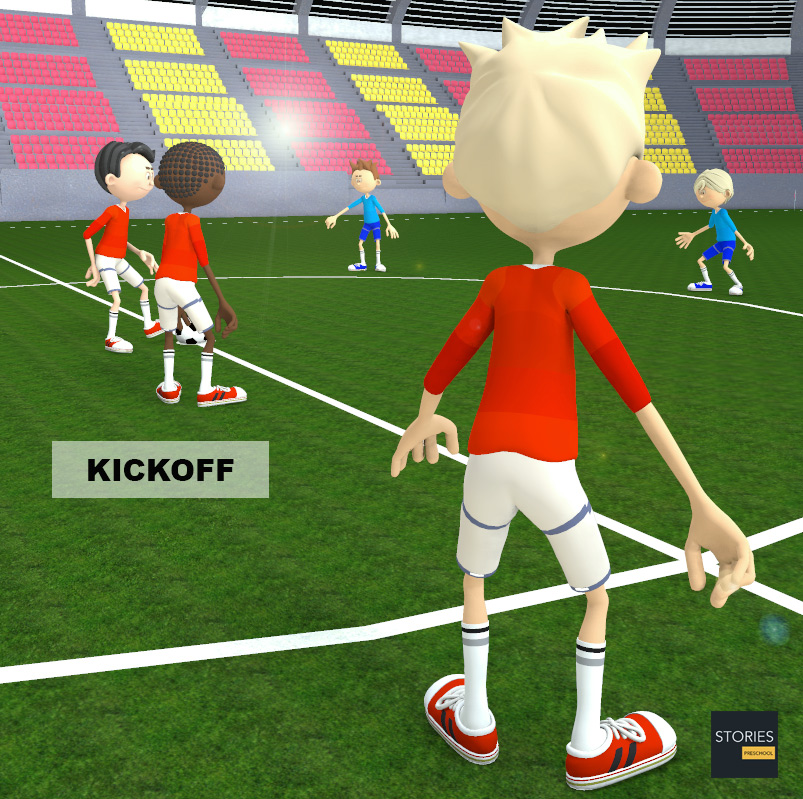
SPORTS
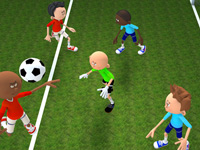
RESOURCES
This article uses material from the Wikipedia articles "Association football" and "The Start and Restart of Play (association football)", which is released under the Creative Commons Attribution-Share-Alike License 3.0.
© Stories Preschool. All Rights Reserved.
